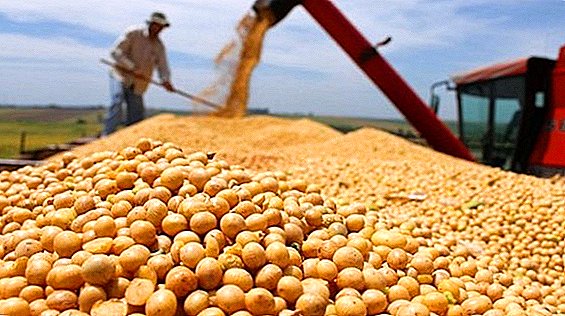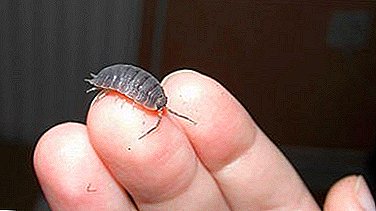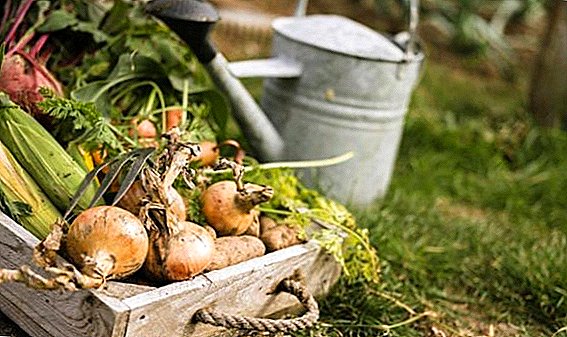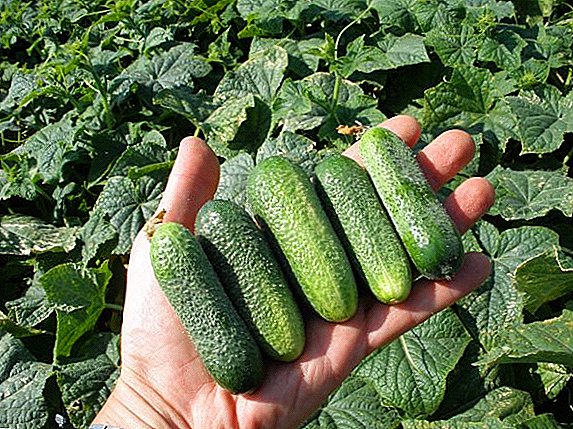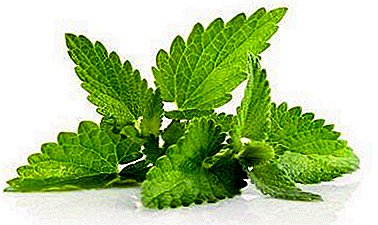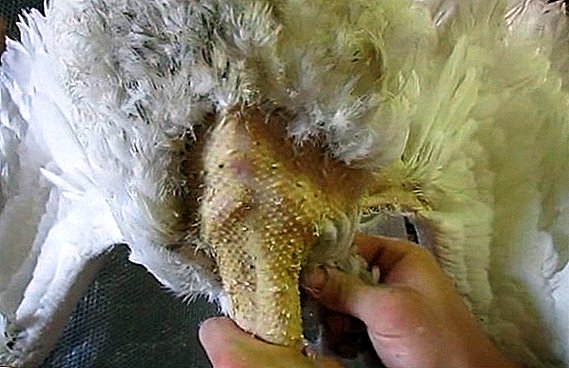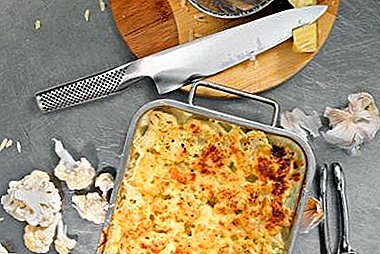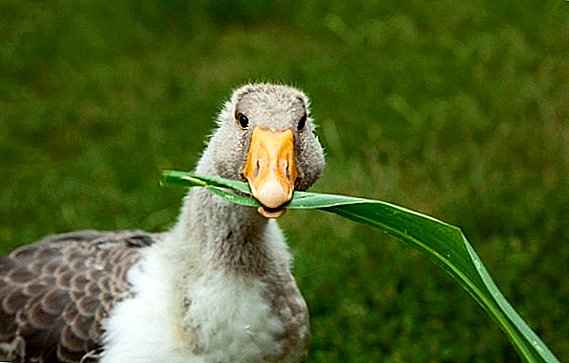 Geese are fairly large poultry. As a result, their feeding is costly and troublesome. Thanks to the warm months and pastures, the problem is partially solved, but in cold weather the bird completely depends on its owner.
Geese are fairly large poultry. As a result, their feeding is costly and troublesome. Thanks to the warm months and pastures, the problem is partially solved, but in cold weather the bird completely depends on its owner.
Consider what to properly feed, depending on the season and age.
Types of feeding
In households, three types of feeding are most commonly used. Which one to choose depends on the financial ability of the farmer. With the help of each you can grow a full-fledged bird. Consider what is included in each type of feeding.
Did you know? In China, the goose is considered a talisman that helps in love and marriage.
Dry
It is the most inexpensive option. Dry food consists of mixtures of various cereals:
- millet;
- rye;
- wheat;
- corn;
- barley.
 Millet All components are mixed and scattered into the feeders. If the bird is still young, it is desirable to grind the ingredients.
Millet All components are mixed and scattered into the feeders. If the bird is still young, it is desirable to grind the ingredients.Wet
This type of feed is mash, which is prepared immediately before feeding the geese. On average, such food should be given twice a day. To prepare, take the grain mixture and fill it with water in a ratio of 1: 1.5.
In order to get the greatest benefit in the process of growing geese, it is necessary to select the type of feeding appropriate for them. Read about how to make a diet for geese at home, and in particular in the winter.
Before infusion, add 1 teaspoon of yeast and leave for 6 hours in a wooden container. At the end of time, add crushed beets, carrots or potatoes. Before feeding, you can add additional chopped greens. The composition of the mash includes such products:
- boiled potatoes;
- boiled carrots;
- boiled beets;
- bran;
- serum;
- sprouted wheat;
- barley;
- wheat;
- meat and bone meal.
 Boiled carrots
Boiled carrotsCombined
Farmers with experience recommend that special mixtures be used for fattening ducks. Prepare them at specialized enterprises, the composition meets all the requirements for nutritional value. Compound feed can be of different compositions, the choice is made depending on the type of bird, especially the breed and age. For geese feed consists of the following components:
- wheat;
- corn;
- sunflower cake;
- sunflower meal;
- bran;
- peas;
- fodder yeast;
- monocalcium phosphate;
- a piece of chalk;
- salt;
- lysine.
 Sunflower cake
Sunflower cakeDietary rates
The daily ration of one goose should consist of the following products:
| Product | Quantity, g |
| Grain mixture | 73 |
| Flour from wheat or corn | 17 |
| Wheat bran | 50 |
| Meadow hay | 100 |
| Carrot | 100 |
| Sugar beet | 100 |
| Shell or chalk | 1,5 |
| Salt | 2 |
Consider the most popular breeds of geese: Landsky, Italian whites, Mamut, Linda, Hungarian Whites and Rhine.
Diet
Taking into account the products that must necessarily be present in the diet, it should look like this:
- Germinated grain and flour mixture.
- Boiled root vegetable, grass meal and mineral supplements.
- Remains of grain.
 Germinated grain
Germinated grainIn winter
In the cold season the number of calories is reduced. Feeding is carried out three times a day. It should be organized so that by the breeding season the geese gain good weight. The menu looks something like this:
- yeast - 3 g;
- wheat - 20 g;
- cereals - 100 g;
- root vegetables - 300 g;
- beans - 20 g;
- grass meal - 50 g;
- needles - 20 g;
- cottage cheese and eggs - 5 g;
- salt - 1.5 g;
- chalk and eggshell - 5 g.
 Roots
RootsBefore laying eggs
Shortly before the beginning of the egg-laying period, the goose needs a strong diet. At this time, food should include green and coarse food, as a large number of others can lead to obesity or inferior eggs.
For sure, it will be useful for you to learn how to choose the goose eggs correctly and to copy them by day, as well as how to store the goose eggs for the incubator.
During the laying period, each female should receive about 550 g of food daily. The diet should consist of the following components:
- corn - 126 g;
- barley additive - 99 g;
- wheat bran - 16 g;
- sunflower cake - 5 g;
- fodder yeast - 16 g;
- fish meal - 300 g;
- tricalcium phosphate - 1 g;
- salt - 1 g;
- premix - 5 g.
 Fish flour
Fish flourYoung stock
You can feed the goslings immediately after birth, when they are completely dry. In the first days in the diet should be present:
- boiled eggs;
- cereals;
- grass.
Poultry farmers should learn how to independently make drinkers for geese.
All components are thoroughly ground. Young animals are fed up to 7 times a day. Recommended portions of feed, depending on age:
- 50 g - up to 3 weeks;
- 220 g - up to 5 weeks;
- 300 g - up to 7 weeks;
- 340 g - up to 9 weeks.
 When geese are in the age of young stock, the following ingredients must be introduced into their diet:
When geese are in the age of young stock, the following ingredients must be introduced into their diet:- barley - 10 g;
- corn - 150 g;
- wheat - 40 g;
- sunflower meal - 15 g;
- cockleshell - 1.5 g;
- yeast - 2 g;
- grass meal - 5 g;
- bone meal - 0.6 g;
- fish or meat and bone meal - 5 g;
- salt - 0.3 g
Read about how many domestic and wild geese live, what conditions are necessary for keeping geese in the winter at home, and also familiarize yourself with the dangerous diseases of geese.
Knowing what food should be in the diet of geese, you can easily provide them with good nutrition at any time. It is important to remember that birds cannot be overfed, and they must have constant access to fresh water.


